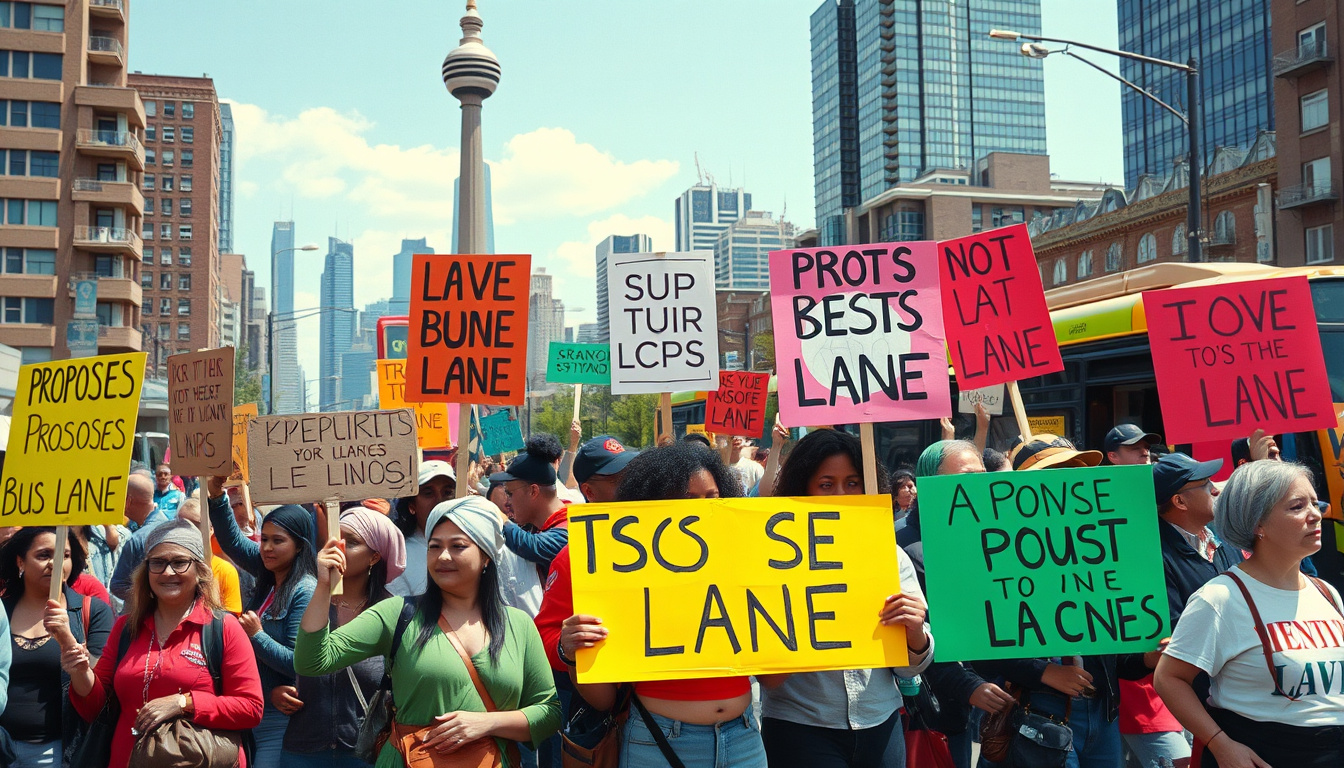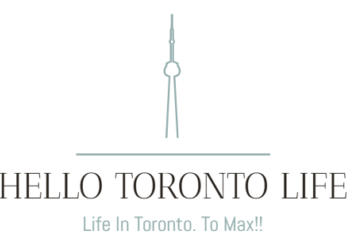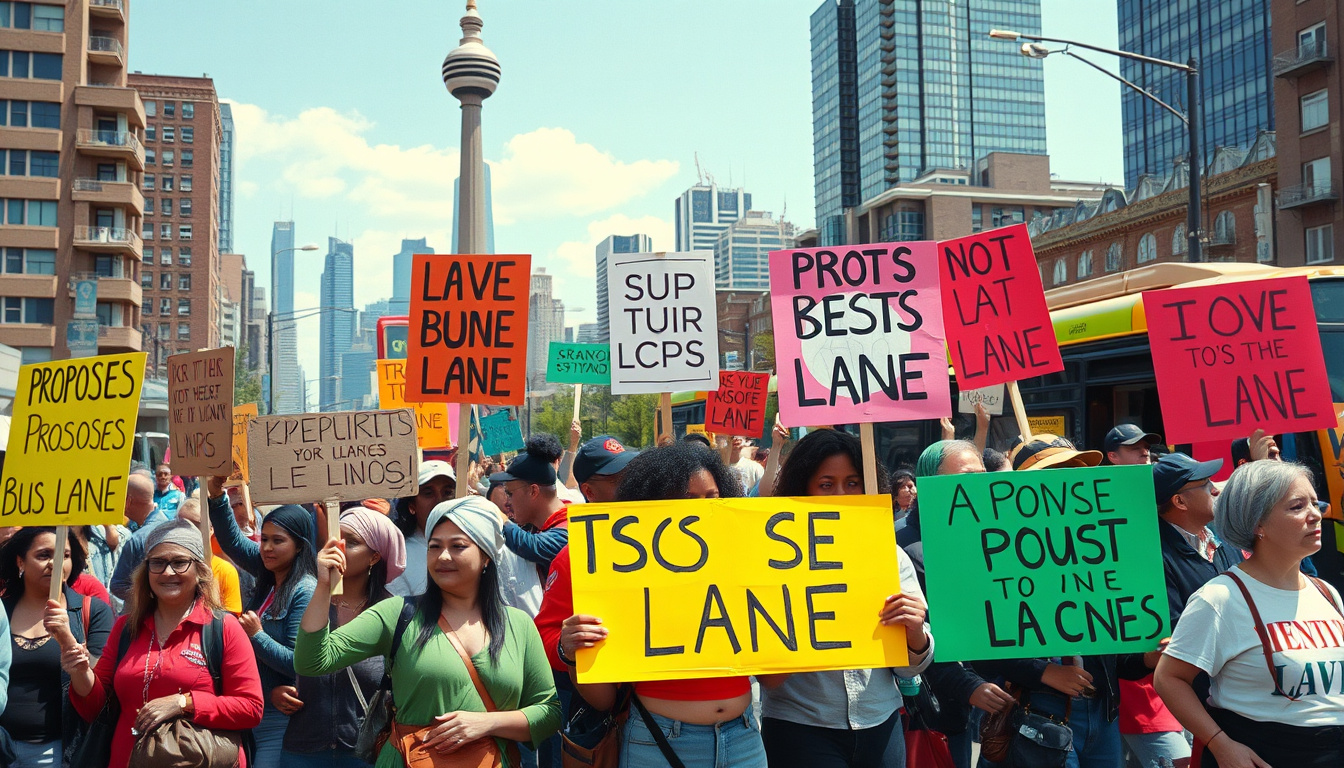In the throbbing heart of Toronto, a pivotal debate is unfolding over the proposed bus lane on Bathurst Street, igniting passionate responses from local residents, business owners, and transit advocates. Spearheaded by a grassroots organization known as Protect Bathurst, this opposition is a response to the city’s RapidTO initiative—a transformative plan designed to enhance public transportation efficiency by converting select curbside lanes into priority lanes for buses and streetcars. However, while the objective of improved transit is undeniably appealing, the ramifications for Bathurst’s local community are stirring a significant outcry, with fears that much-needed curbside parking spaces are at stake. With approximately 500 parking spots potentially eliminated, businesses worry that accessibility for customers will plummet, threatening their livelihoods. Furthermore, concerns are being voiced about the potential disregard for the needs of vulnerable sectors of the community, such as seniors and individuals with disabilities, who depend on easy access to transportation. As discussions evolve, a controversial twist has emerged—Protect Bathurst utilized AI-generated personas to amplify their message, sparking discussions on civility in community engagement. This article delves into the complexities surrounding the bus lane proposal, balancing the necessity for public transit advancements against the diverse needs of the residents and businesses of Bathurst.

Key Takeaways
- The proposed bus lane along Bathurst Street faces strong opposition due to fears of losing crucial curbside parking.
- Concern for accessibility has been raised by community members, particularly affecting seniors and people with disabilities.
- The use of AI-generated personas by Protect Bathurst to amplify their message has sparked debate on civil engagement tactics in community activism.
The Case Against the Bus Lane: Community Concerns and Accessibility Issues
In the heart of Toronto, a heated debate is unfolding over the proposed bus lane along Bathurst Street, driven by community concerns spearheaded by the group known as Protect Bathurst. This initiative forms part of the city’s broader RapidTO project, which aims to enhance public transportation efficiency by converting valuable curbside lanes into dedicated transit priority lanes for buses and streetcars. However, local businesses and residents are raising alarms about the potential consequences of such a shift, fearing the loss of approximately 500 curbside parking spaces that are vital for their operations and customer accessibility. The criticism from Protect Bathurst extends beyond parking; they argue that the current proposal fails to adequately consider the needs of vulnerable community members, particularly seniors and individuals with disabilities who heavily depend on accessible curb access for their daily activities. Furthermore, their discontent with the city’s public consultation process underscores a feeling that their voices have been sidelined amid the planning stages. Adding a layer of complexity to this scenario is the revelation that some of the ‘concerned residents’ featured in the campaign to rally support against the bus lane were actually AI-generated personas. Although Protect Bathurst admits this tactic was employed to amplify their message quickly, it has raised eyebrows and sparked conversations about authenticity and ethics in community engagement. In mitigating these tensions, the Toronto Transit Commission (TTC) has reiterated that the project remains in its consultation phase, inviting public feedback to inform any final decisions while advocating for the long-term benefits of faster transit options.
The Debate on Civil Engagement: AI Personas and Public Consultation
As the conversation around urban development and transportation evolves, the intersection of technology and civic involvement is becoming increasingly significant. In the case of the Bathurst bus lane proposal, the use of AI personas by Protect Bathurst has opened a Pandora’s box of ethical considerations regarding authenticity in civil engagement. While some view this approach as a clever way to amplify community voices, others argue it undermines genuine discourse and trust. The Toronto Transit Commission (TTC), while promoting the need for quicker transit solutions, faces the challenge of addressing community apprehensions. This situation exemplifies a critical inquiry into how technology can coexist with grassroots movements, challenging us to rethink the parameters of engagement in civic matters. As public consultations progress, the importance of transparency and trust becomes paramount, ensuring that all community voices—whether human or AI-generated—are heard in the quest for better urban infrastructure.





